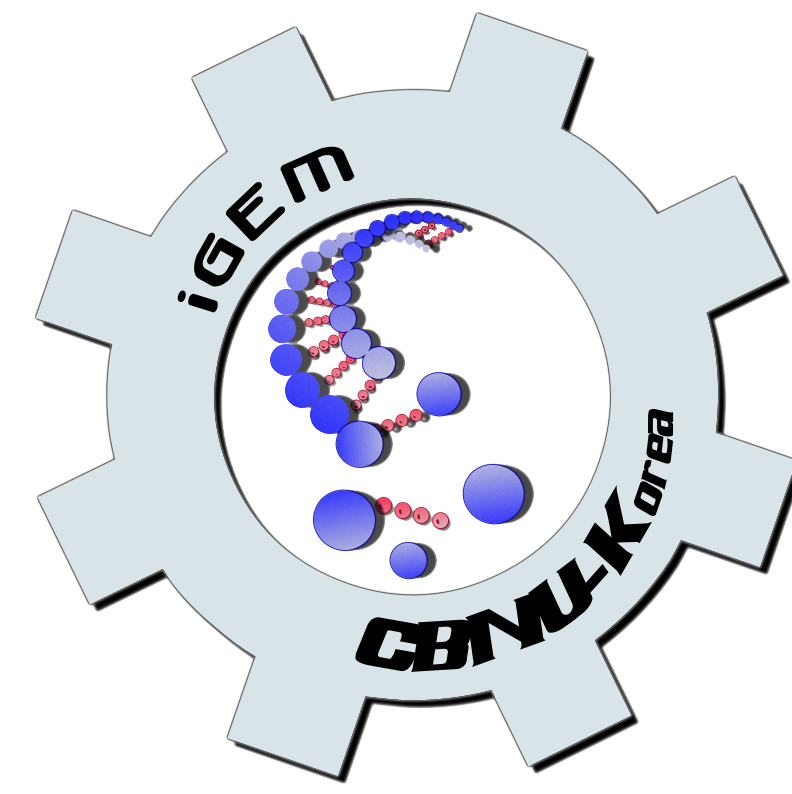Team:Utah State/Project
From 2009.igem.org
(→Overall project) |
(→Project Details) |
||
| Line 40: | Line 40: | ||
== Project Details== | == Project Details== | ||
| - | + | <html><p> | |
| + | <object classid="clsid:D27CDB6E-AE6D-11CF-96B8-444553540000" id="obj1" codebase="http://download.macromedia.com/pub/shockwave/cabs/flash/swflash.cab#version=6,0,40,0" border="0" width="965" height="768"> | ||
| + | <param name="movie" value="https://static.igem.org/mediawiki/2009/e/ed/Firsteditionusuflash.swf"> | ||
| + | <param name="quality" value="High"> | ||
| + | <embed src="https://static.igem.org/mediawiki/2009/e/ed/Firsteditionusuflash.swf" pluginspage="http://www.macromedia.com | ||
| + | /go/getflashplayer" type="application/x-shockwave-flash" name="obj1" width="965" height="768" quality="High"></object> | ||
| + | </p> | ||
| + | </html> | ||
Revision as of 03:09, 25 September 2009
| Home | The Team | The Project | Parts | Notebook | Protocols | Links |
|---|
| You can write a background of your team here. Give us a background of your team, the members, etc. Or tell us more about something of your choosing. | |
|
Tell us more about your project. Give us background. Use this is the abstract of your project. Be descriptive but concise (1-2 paragraphs) | |
| Team Example 2 |
Contents |
Overall project
Bacteria without Borders: Investigating a multi-host BioBrick vector and secretion of cellular products
The aim of the Utah State University iGEM project is to develop improved upstream and downstream processing strategies for manufacturing cellular products using the standardized BioBrick system. First, we altered the broad-host range vector pRL1383a to comply with BioBrick standards and enable use of BioBrick constructs in organisms like Pseudomonas putida, Rhodobacter sphaeroides, and Synechocystis PCC6803. This vector will facilitate exploitation of advantageous characteristics of these organisms, such as photosynthetic carbon assimilation. Following expression, product recovery poses a difficult and expensive challenge. Downstream processing of cellular compounds, like polyhydroxyalkanoates (PHAs), commonly represents more than half of the total production expense. To counter this problem, secretion-promoting BioBrick devices were constructed through genetic fusion of signal peptides with protein-coding regions. To demonstrate this, the secretion of PHA granule-associated proteins and their affinity to PHA was investigated. Project success will facilitate expression and recovery of BioBrick-coded products in multiple organisms.
Project Details
 "
"
